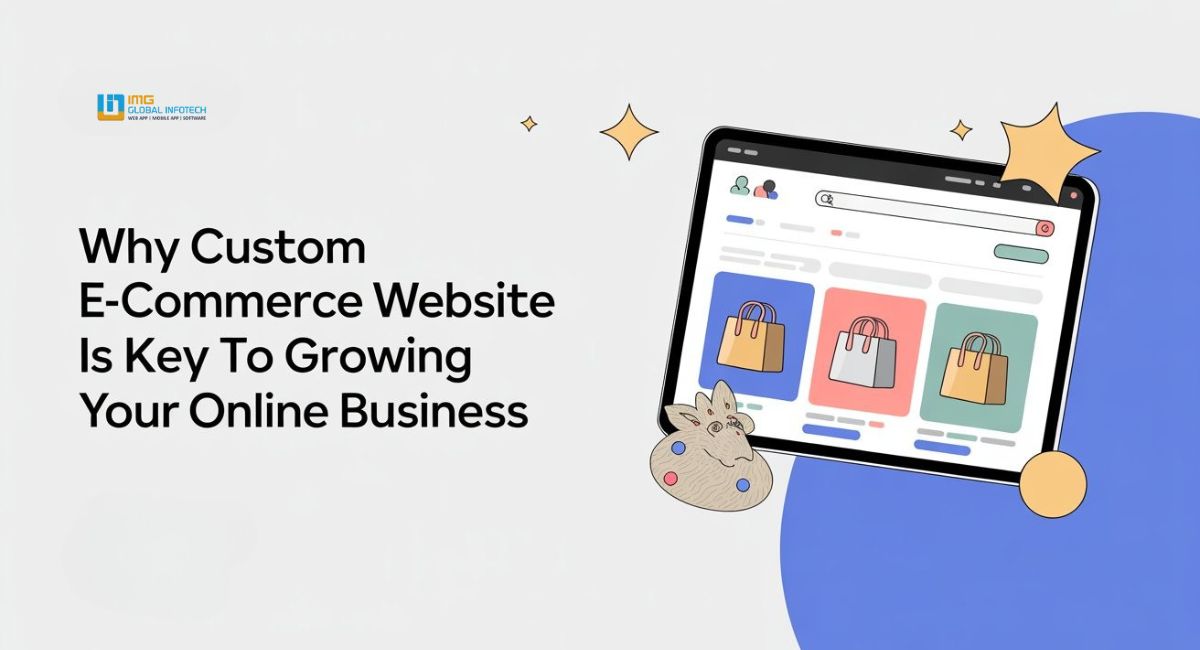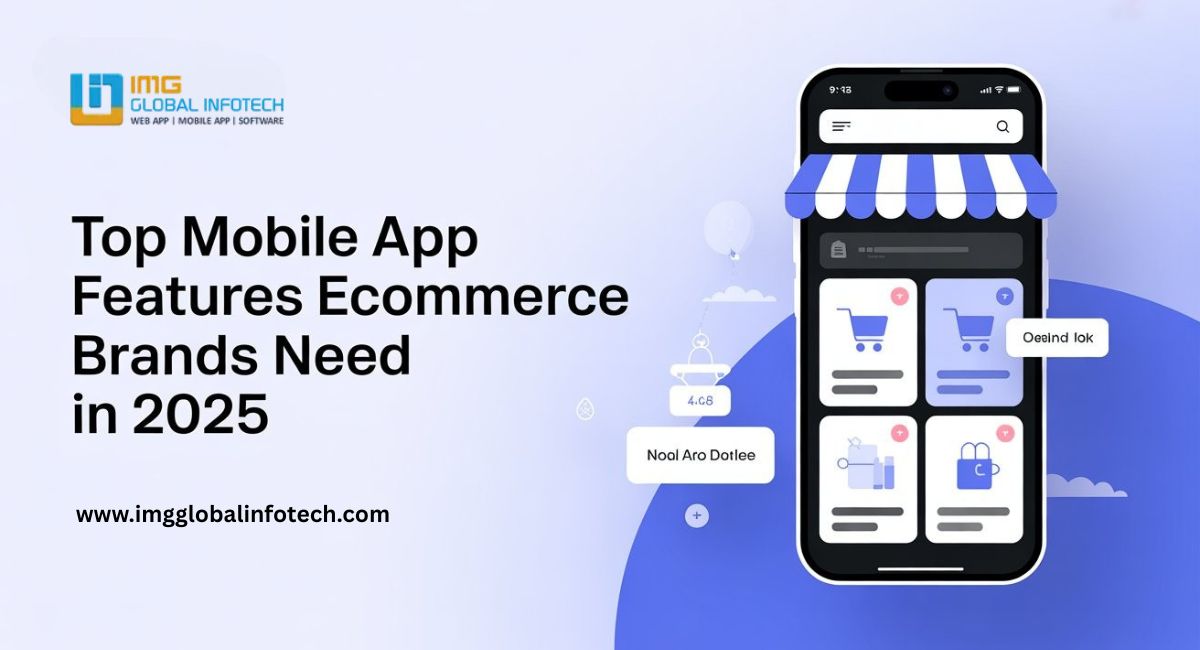Must-Have Features for a Successful Multi-Vendor Marketplace

Strong 8k brings an ultra-HD IPTV experience to your living room and your pocket.
Creating a high-performing e-commerce marketplace goes beyond just enabling transactions. The user experience, vendor capabilities, and admin tools must all be optimized.
Features for a High-Performing E-commerce Marketplace
Below are the essential features:
1. Vendor Panel
- Product listing and bulk uploads
- Order management dashboard
- Inventory tracking
- Sales reports and analytics
2. Admin Panel
- Vendor approval and management
- Category and commission setup
- CMS for content management
- Dispute resolution and reporting tools
3. Customer Panel
- Easy navigation and product filters
- Ratings, reviews, and wishlists
- Secure checkout and order tracking
- Multiple payment options
4. Mobile Responsiveness
With the rise of mobile commerce, your platform must be responsive and offer native or progressive web apps.
5. Security Features
SSL encryption, secure payment gateways, and role-based access control are essential for trust and data protection.
Types of Multi-Vendor Marketplaces
Before diving into development, it’s important to understand the type of marketplace you want to build:
- B2C (Business-to-Consumer): Traditional online retail model. Examples: Amazon, Flipkart.
- B2B (Business-to-Business): Focuses on bulk orders and recurring transactions. Example: Alibaba.
- C2C (Consumer-to-Consumer): Individuals sell to each other. Example: eBay.
- Niche Marketplaces: Cater to specific industries or interests (e.g., fashion, electronics, handmade goods).
Your choice impacts the features, marketing strategies, and technical requirements.
Technology Stack for Marketplace Development
Choosing the right technology stack ensures scalability, performance, and reliability:
- Frontend: React.js, Angular, or Vue.js for fast and dynamic interfaces.
- Backend: Node.js, Laravel, or Django for robust business logic.
- Database: MySQL, PostgreSQL, or MongoDB for structured or flexible data.
- Hosting & Cloud: AWS, Google Cloud, or Microsoft Azure.
- Payment Gateways: Stripe, Razorpay, PayPal, and others for secure transactions.
You may also consider Ecommerce Application Development Services from reputed firms to streamline your platform creation and future-proof its capabilities with advanced integrations like AI recommendations, voice search, or AR-based previews.
Steps to Build a Multi-Vendor E-commerce Marketplace
Here’s a structured approach to building your marketplace:
Step 1: Conduct Market Research
Identify your target audience, study competitors, and assess the demand for the niche you wish to serve.
Step 2: Define Your Business Model
Choose how you’ll monetize the platform—through commissions, subscriptions, or featured listings. Define vendor policies, pricing structure, and shipping models.
Step 3: Create Feature List
Prioritize features based on user roles—admin, vendors, and customers. Don’t overload the MVP (Minimum Viable Product) with every possible feature. Start lean.
Step 4: Design UI/UX
An intuitive, aesthetically pleasing interface keeps users engaged. Use wireframes and prototypes to finalize layouts before development.
Step 5: Choose Development Approach
You can:
- Build from scratch with a custom tech stack.
- Use open-source platforms (like Magento, WooCommerce + Dokan).
- Buy ready-made marketplace solutions and customize them.
Each has its pros and cons depending on budget, timeline, and flexibility.
Step 6: Development & Testing
Begin coding the backend and frontend modules. Integrate APIs for payments, logistics, and CRM. Ensure thorough QA testing across all functionalities and devices.
Step 7: Launch & Market
Start with a soft launch or beta testing phase. Gather feedback, fix bugs, and then officially launch. Leverage SEO, influencer marketing, paid ads, and social proof for traction.
Common Challenges and Solutions
1. Vendor Onboarding
Many vendors may struggle with technical aspects. Provide a guided registration process, tutorials, or even vendor support teams.
2. Quality Control
To maintain credibility, implement review systems, regular audits, and enforce vendor policies strictly.
3. Logistics & Fulfillment
Use integrated logistics APIs or partner with third-party logistics providers to streamline shipping and returns.
4. Payment Distribution
Ensure timely and transparent vendor payments through automated split payments and clear billing reports.
Cost of Building a Multi-Vendor Marketplace
Several factors impact the total cost:
- Development Model: Custom-built platforms are more expensive than SaaS or open-source solutions.
- Team Location: Developers in North America or Europe charge more than those in Asia.
- Feature Complexity: AI integrations, real-time tracking, and advanced analytics can increase costs.
Estimated cost ranges:
- MVP (Basic Features): $15,000 - $30,000
- Mid-Level Platform: $30,000 - $60,000
- Enterprise-Grade Custom Platform: $80,000 and above
Monetization Strategies
There are multiple revenue generation strategies for marketplace owners:
- Commissions: A percentage from each sale.
- Subscription Plans: Monthly/annual plans for vendors.
- Featured Listings: Vendors pay for premium visibility.
- Ads & Banners: Monetize high-traffic areas of the website.
You can use a combination of these to diversify income and scale operations profitably.
Future Trends in Multi-Vendor Ecommerce
The e-commerce landscape is rapidly evolving. Keep an eye on these trends:
- AI-Powered Recommendations: Personalize shopping experience.
- Voice Commerce: Integration with voice assistants like Alexa and Google Assistant.
- Augmented Reality (AR): Try-before-you-buy experiences.
- Hyperlocal Marketplaces: Serving local needs with faster delivery.
- Blockchain: Enhancing transaction security and transparency.
Adopting these technologies early can give your marketplace a competitive edge.
Conclusion
Building a multi-vendor e-commerce marketplace is both an exciting and complex endeavor. Success depends on the right mix of strategy, technology, user experience, and post-launch support. Whether you’re a startup founder or an established retailer expanding digitally, the multi-vendor model offers immense scalability and profitability.
By leveraging Ecommerce Application Development Services, you can accelerate your journey, access expert technical support, and implement cutting-edge features that delight users and streamline operations.
The future of commerce is collaborative, digital, and decentralized. Are you ready to build your marketplace?
Note: IndiBlogHub features both user-submitted and editorial content. We do not verify third-party contributions. Read our Disclaimer and Privacy Policyfor details.







